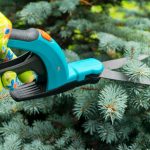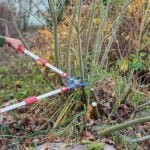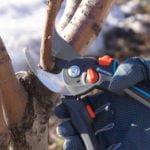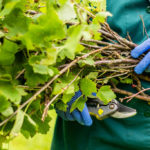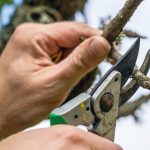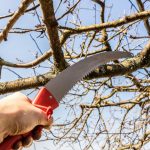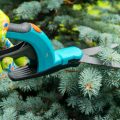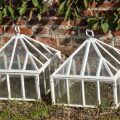What should a person do with a pruner in an ornamental garden? After all, the most beautiful cultures are ideally formed independently. A man with a pruner and a saw often changes the picturesque shape of a plant beyond recognition, depriving it of its natural beauty.
In addition, opponents continue:
- pruning is always associated with the rejection of a part (sometimes very significant) of the plant — something that has been growing for years;
- wounds that remain after pruning are an open gate for infection and pests to enter the plant’s body; unprotected tissues are more susceptible to damage and desiccation;
- in most cases, the same results can be achieved by breaking and a topping (tweezing) green shoots, changing the position of the branches in the space by tying, bending the stumble (to spit), breakdowns, twisting skeletal, Polytechnic branches, and sometimes the stem banding, furrowing, etc.;
- you can strengthen or weaken flowering, branching, restrain, or, conversely, to increase the habit of the plant is possible using a series of hormones that regulate growth.
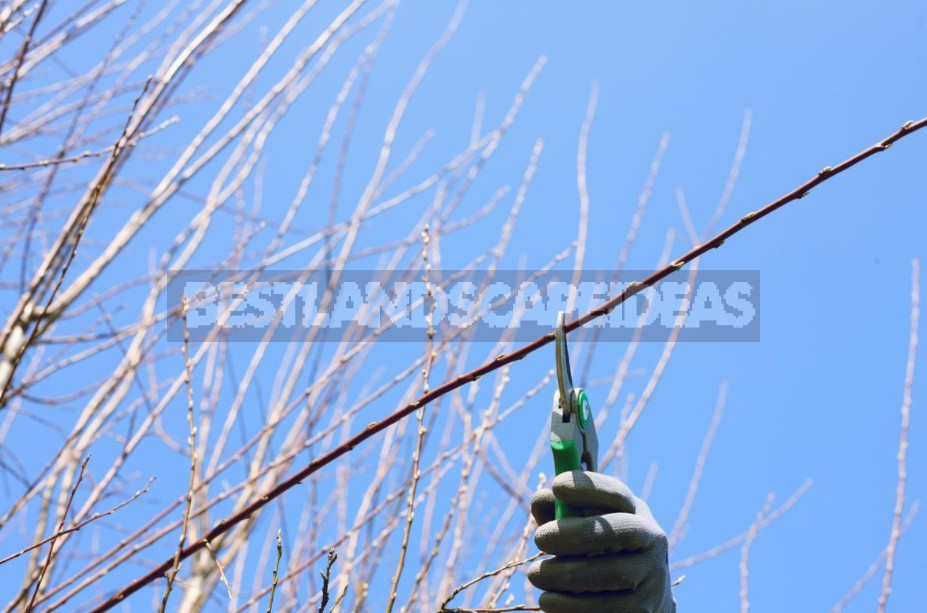
However, as soon as the March sun eats up the remains of the grainy snow, the gardeners hands reach for a saw, a pruner, a knife. And their arguments are also clear and understandable: pruning was, is and will be the most powerful factor of influence on the plant.
Since the time of the ancient Greek botanist Theophrastus (IV century BC), who wrote that “pruning should be carried out to remove dry, alien and interfering with the growth and nutrition of plants branches”, mankind has developed hundreds and thousands of its techniques. As a result, Gardeners (that’s right-with a capital letter!) learned how to turn trees into bushes and stalks, grow bushes on a stem, create flat, spherical, conical, pyramidal and other, including the most bizarre, crown shapes.

As we can see, there is not and cannot be an unambiguous answer to the question: “To cut or not to cut?”. Only a skillful combination of all the techniques allows you to reach the top of gardening, such as topiary art.
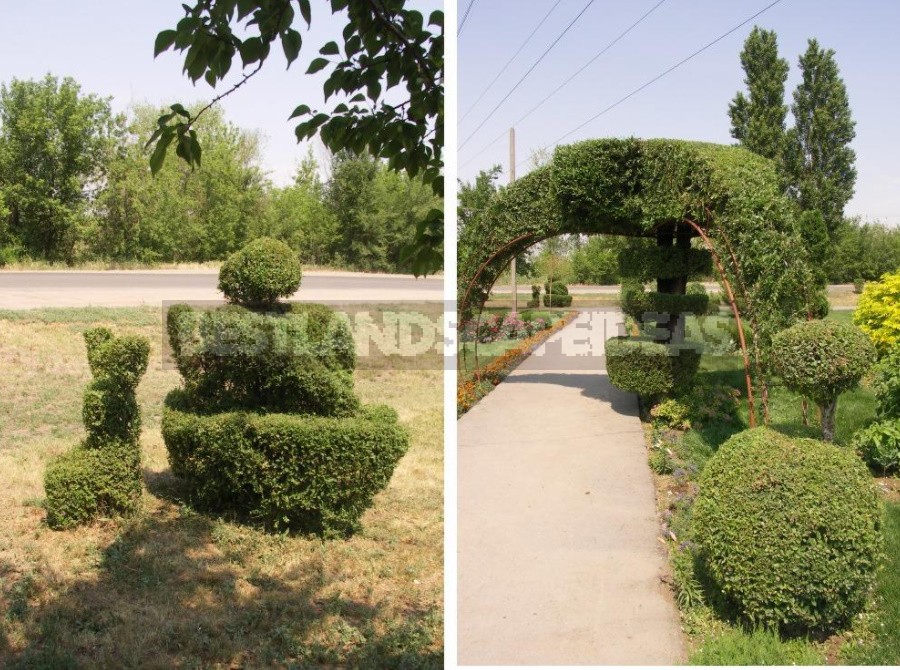
And isn’t green-shoot surgery a special case of pruning?
What is pruning?
There are three main types of pruning:
- Formative pruning
It begins with the first years of the life of a tree or shrub, sometimes still in the nursery, and continues until the gardener sees in the plant his plan, embodied in reality (and the flight of human imagination is boundless).
- Sanitary pruning
Without timely removal of dead, broken (snow, people, animals), diseased branches and their parts, it is impossible to achieve the desired decorative effect of the plant.
- Supporting pruning
Even after the result is achieved, and you see the image embodied in reality before you, you can not let the plant “float freely”, otherwise the image will melt like a morning mist.
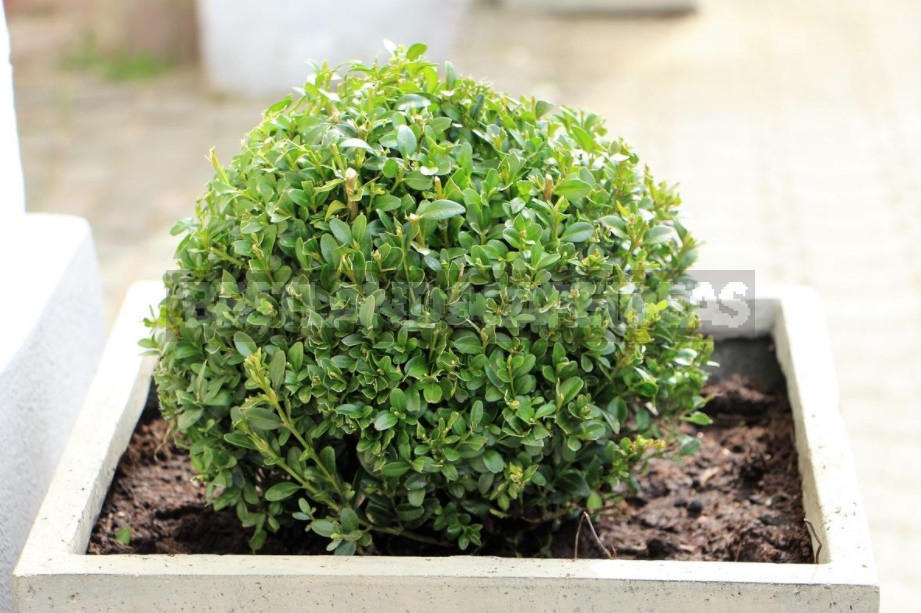
Hedges require, as a rule, two or three-fold cutting; grafted decorative forms-regular removal of overgrowth; decorative shrubs-timely removal or rejuvenation of branches of the zero order. In other words, ” we are responsible for those we have formed”.
Pruning rules
The first and basic rule for a “green surgeon” who goes out into the garden with tools is the same as for a doctor: “Do no harm!”. To do this, you need to know the laws by which the plant lives and develops in the annual cycle and throughout its life. The gardener must clearly understand the ultimate goal of the operation and the response of the plant.
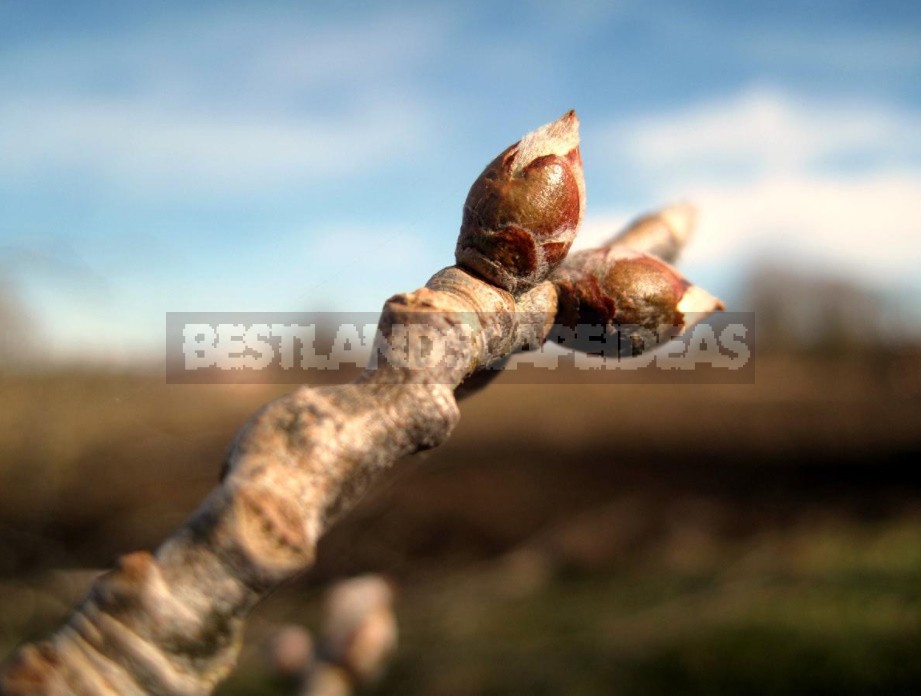
The strongest and most powerful shoots, in accordance with the principle of apical dominance (the law of leadership), grow from the buds of the previous year’s increments, located vertically. The higher the bud on the growth, the growth on the branch, the branch in the crown, and the closer the branch is to the vertical position, the stronger the shoots will grow from it. Therefore, the strongest growth is in the central branch-the conductor, which forms the vertical axis-the trunk of the plant, the presence of which is the distinctive feature of the tree.
Typical shrubs are characterized by the presence of several equivalent branches of basal origin (branches of the 0th order). This is ensured by the fact that the strongest growths are formed in them from the kidneys located at the base of the shoot.
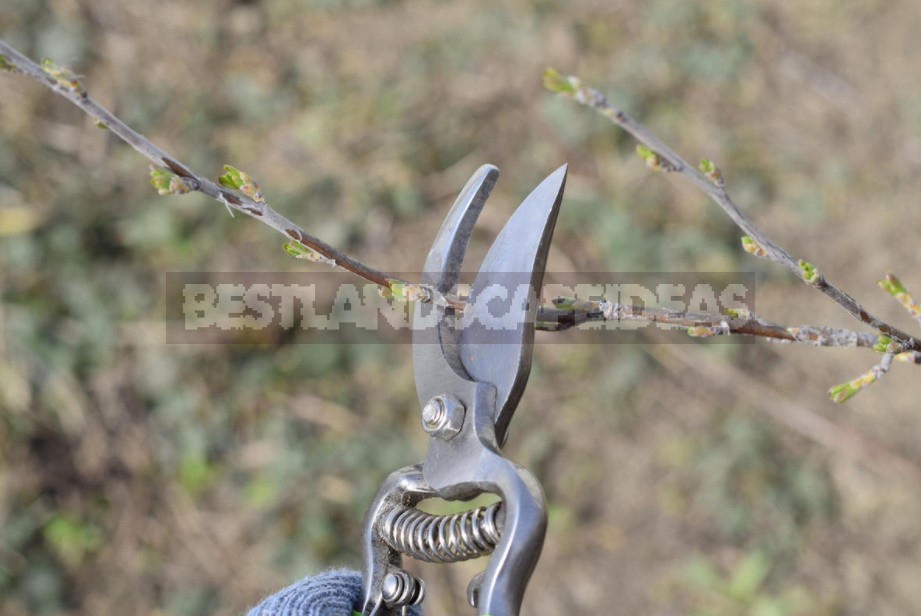
The intermediate position between these two life forms is occupied by small-stemmed shrubs, or multi-stemmed trees.
All the variety of systems and methods of pruning can be reduced to two types: thinning and shortening. Their effect on the plant is diametrically opposite. Thinning is the removal of entire branches to their base “on the ring” (i.e., to the annular folds of the bark at the point of branch departure), which leads to lightening, rarefaction of the crown, practically without changing its external borders (habitus). Shortening – pruning of 1-2-year-old branches, which contributes to the thickening, compaction of the crown, reducing its parameters.
How to crop so as not to harm
In order for the motto “do no harm!” to be more than just a slogan, you must follow several important rules:
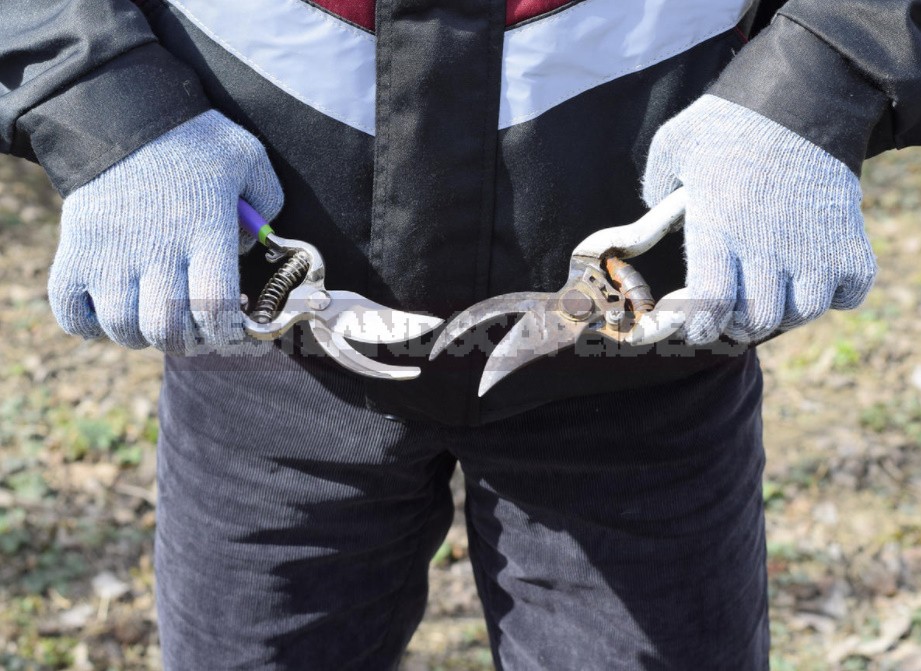
- work with a well-prepared, properly sharpened tool, the work of which will give pleasure to the gardener and minimize the suffering of the pruning object;
- it is necessary to remove the root growth from grafted (roses, lilacs) and stem forms of plants at their very base (for which the bush is slightly loosened) — if you cut off the overgrown shoots at the soil level, i.e., carry out almost shortening pruning, then we provoke the formation of new and new shoots;
- the cut and the saw cut should always be clean, smooth, without burrs; wound diameter greater than 3 cm obscure garden pitch that you can do yourself, and easier to buy in the store;
- when removing branches cut to make a “ring” on the outer folds of the cortex, lest that we often see in parks and gardens — sticking out “lever motorbike” or stops for lasagna that will never mend and will never rot for as long as the infection gets to the barrel, and there can be no “fast driving”.
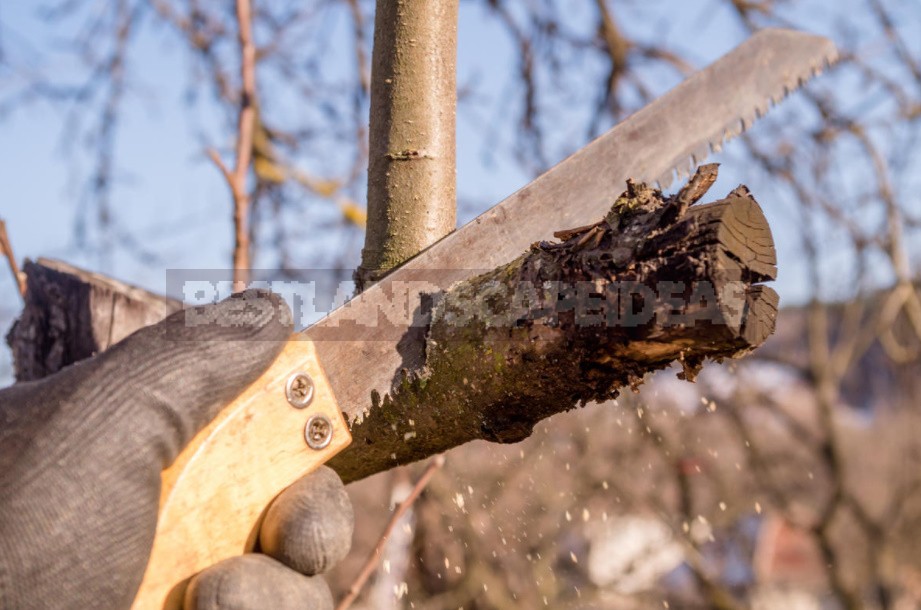
If the angle of departure of the branch from the trunk is sharp enough, and the annular influx is not noticeable, proceed as follows: from the inner corner, mentally (or with chalk) draw two lines — one parallel to the left branch, the other perpendicular to the cut, then remove the branch along the bisector of the resulting angle. And almost all cuts when pruning are made, starting from the bottom, from the outside of the branch.
When switching to a side branch, the cutting angle should be 55-65 degrees, and the diameter of the left branch should be at least 1/3 of the diameter of the carrier, otherwise there will be a mass of tops in the cut area, the removal of which will require additional effort.




